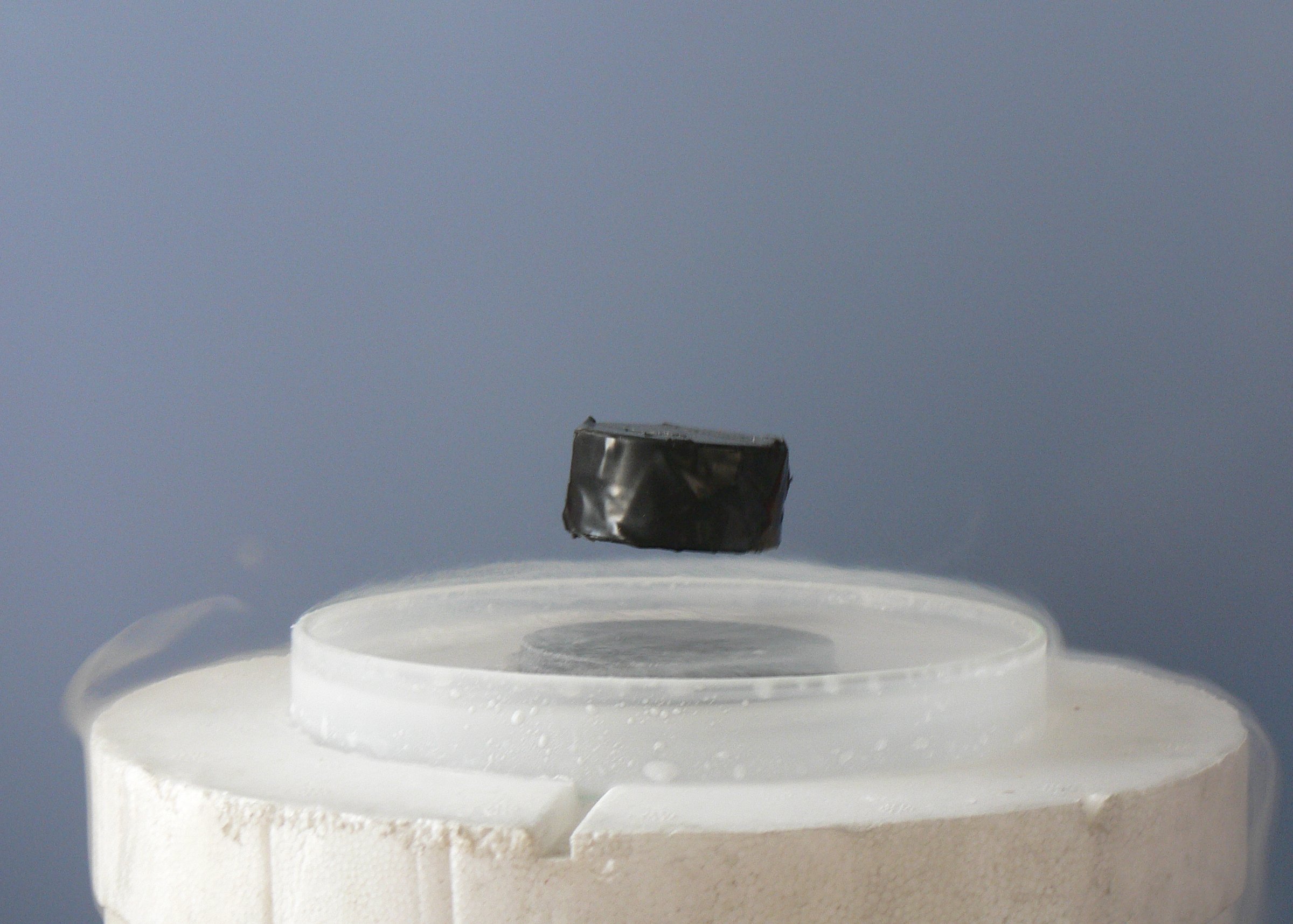Superconductivity
- Introduction to Superconductivity
- Theoretical Foundations
- Types of Superconductors
- Superconducting Materials
- Superconducting Phenomena
- Superconducting Devices
- Superconductivity and Quantum Computing
- Challenges in Superconductivity
- Future of Superconductivity
- Case Study: Superconductivity in Energy Sector
- Case Study: Superconductivity in Medical Field
- Case Study: Superconductivity in Transportation
Types of Superconductors
Conventional Superconductors: An In-depth Study

Electrical conductivity with exactly zero resistance.
Superconductivity, a phenomenon characterized by the complete disappearance of electrical resistance in certain materials when cooled below a critical temperature, has been a subject of intense study since its discovery in 1911. The materials that exhibit this phenomenon are known as superconductors, and they are broadly classified into two categories: conventional and unconventional. This article focuses on conventional superconductors, their characteristics, materials, and the theories explaining their superconductivity.
Definition and Characteristics of Conventional Superconductors
Conventional superconductors, also known as low-temperature superconductors, are materials that become superconducting at temperatures close to absolute zero (around -273.15 degrees Celsius). They were the first type of superconductors to be discovered and studied, hence the name 'conventional'.
The primary characteristics of conventional superconductors include zero electrical resistance, the expulsion of magnetic fields (Meissner effect), and the quantization of magnetic flux. These properties make them ideal for applications such as magnetic resonance imaging (MRI), particle accelerators, and magnetic levitation trains.
Low-Temperature Superconductors: Materials and Properties
The most common materials that exhibit conventional superconductivity are pure metals like mercury, lead, and tin, and metallic alloys like niobium-titanium (NbTi) and niobium-tin (Nb3Sn). These materials become superconducting at very low temperatures, typically below 30 Kelvin (-243.15 degrees Celsius).
The properties of these materials, such as their critical temperature (the temperature below which they become superconducting), critical magnetic field (the maximum magnetic field they can withstand while remaining superconducting), and critical current density (the maximum electrical current they can carry while remaining superconducting), are well understood and can be accurately predicted using established theories.
Theories and Models Explaining Conventional Superconductivity
The phenomenon of superconductivity in conventional superconductors is well explained by the BCS (Bardeen–Cooper–Schrieffer) theory. Proposed in 1957, the BCS theory describes how electrons in a superconductor form pairs, known as Cooper pairs, and move through the lattice structure of the material without scattering off impurities or lattice vibrations, thus resulting in zero electrical resistance.
The BCS theory has been extremely successful in explaining the properties of conventional superconductors and has been a cornerstone in the field of superconductivity. However, it fails to explain the behavior of high-temperature and unconventional superconductors, which has led to the development of new theories and models.
In conclusion, conventional superconductors, with their unique properties and well-understood behavior, continue to play a crucial role in many technological applications. The ongoing research in this field aims to discover new materials and improve the properties of existing ones, paving the way for more efficient and practical uses of superconductivity.